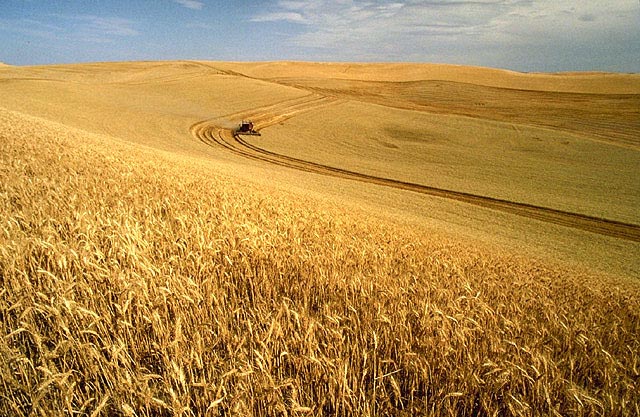
Q. Why does it seem that there is a greater emphasis on Yoshon today than there was generations ago?
A. The Rama (Yoreh De’ah 293:2) writes that where we are uncertain when grain is planted and harvested, it is permissible based on a sfek sfeika (double doubt): The wheat may have been harvested before Pesach, and even if it was harvested after Pesach, it may have taken root before Pesach. In past generations, it was impossible to know when a particular sack of wheat was harvested or in which month it was planted. In addition, historically (until the 1970s) the U.S. stored their surplus grain from one year to the next. Under such circumstances, it was possible to apply the sfek sfeika of the Rama.
However, today the wheat supply can be tracked so efficiently that there is much less doubt as to whether the wheat is from this year’s or last year’s crop. Every shipment of wheat contains paperwork that identifies the type of wheat and the year it was harvested. Crop reports inform us when each variety of wheat is planted for every state. Furthermore, there is little chance that the wheat is from a previous year, since the U.S. exports its wheat surplus. Far from qualifying as a double doubt, in certain circumstances one might even know with certainty that a particular batch of flour is chodosh. The Mishnah Berurah (489:45) cautioned against purchasing Russian wheat which was known to be chodosh.
However, the opinions of the Magen Avrohom and Bach (cited in the previous Halachah Yomis) would still apply, for those who wish to be lenient.
This column comes from OU Kosher’s Halacha Yomis dedicated in memory of Rav Chaim Yisroel ben Reb Dov HaLevy Belsky, zt’l, Senior OU Kosher Halachic Consultant (1987-2016). Subscribers can also ask their own questions on Kashrus issues and send them to grossmany@ou.org. These questions and their answers may be selected to become one of the Q and A’s on OU Kosher Halacha Yomis.
